Streaks in bathroom paint
dkf228
13 years ago
Featured Answer
Sort by:Oldest
Comments (15)
dkf228
13 years agoRelated Professionals
Jacksonville Painters · Portsmouth Painters · Weston Painters · Bound Brook Painters · Ladera Ranch Painters · Lehi Painters · Oceanside Painters · Raytown Painters · Ripon Painters · Winchester Painters · Palos Verdes Estates Cabinets & Cabinetry · Wadsworth Cabinets & Cabinetry · Lake Elsinore Flooring Contractors · Rockledge Flooring Contractors · The Crossings Flooring Contractorsdenali2007
13 years agoUser
13 years agoFaron79
13 years agoLori A. Sawaya
13 years agodkf228
13 years agopaintguy22
13 years agomrsshotze
10 years agoLori A. Sawaya
10 years agopaintguy22
10 years agoMichael
10 years agotraceylwolf
7 years agoChristopher Nelson Wallcovering and Painting
7 years agoPaint sales at Home Depot
7 years ago
Related Stories
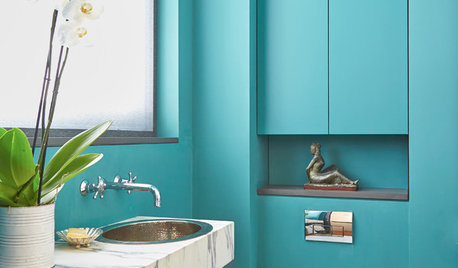
BLUE9 Beautiful Blues for Bathrooms
From soft sky to bold tropical aqua, see why this hue is making waves in bathrooms
Full Story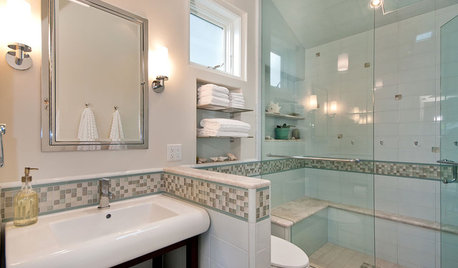
BATHROOM DESIGN6 Elements of a Perfect Bathroom Paint Job
High-quality paint alone won't cut it. For the best-looking painted bathroom walls, you'll need to get these other details right
Full Story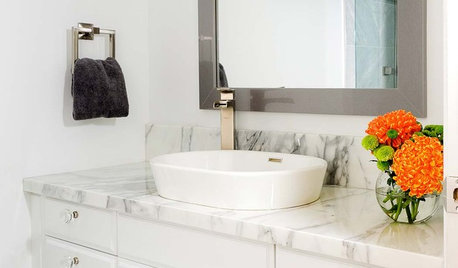
BATHROOM VANITIESAll the Details on 3 Single-Sink Vanities
Experts reveal what products, materials and paint colors went into and around these three lovely sink cabinets
Full Story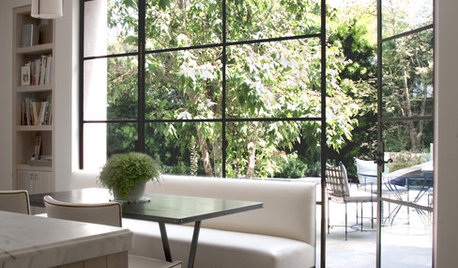
HOUSEKEEPINGThe Best Way to Get Your Windows Spotlessly Clean
Learn the pros’ tips and tricks for cleaning windows and getting them streak-free
Full Story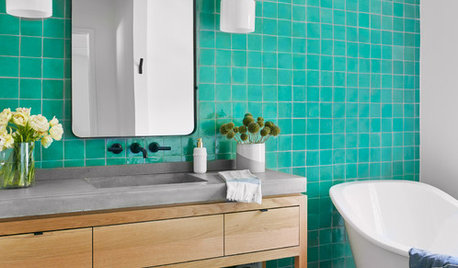
BATHROOM DESIGNBathroom Countertops 101: The Top Surface Materials
Explore the pros and cons of 7 popular bathroom countertop materials
Full Story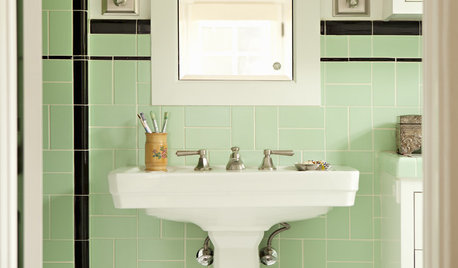
BATHROOM DESIGN9 Surprising Considerations for a Bathroom Remodel
Don't even pick up a paint chip before you take these bathroom remodel aspects into account
Full Story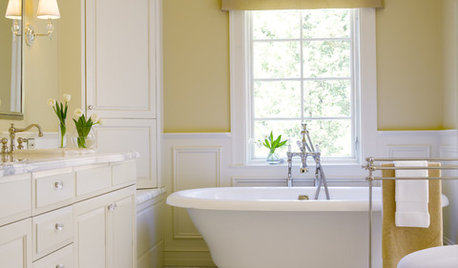
COLORBathed in Color: Favorite Yellows and Golds for the Bath
Get a golden glow for your bathroom with these expert paint picks and ideas for yellow walls
Full Story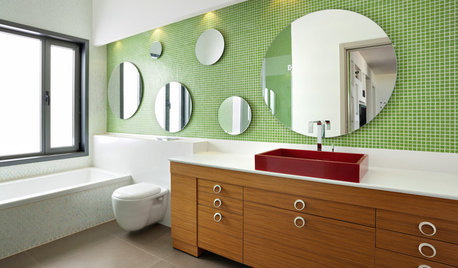
COLORBathed in Color: When to Use Green in the Bath
Splash some spring-conjuring green paint, tiles or accessories around your bathroom for natural appeal
Full Story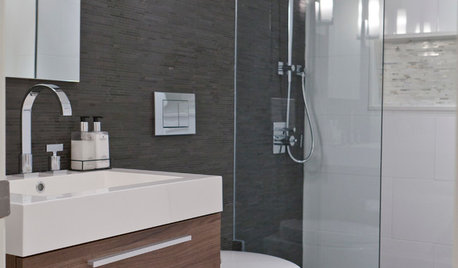
COLORBathed in Color: When to Use Gray in the Bath
Go for elegance and sophistication without going overboard on coolness, using these gray bathroom paint picks and inspirational photos
Full Story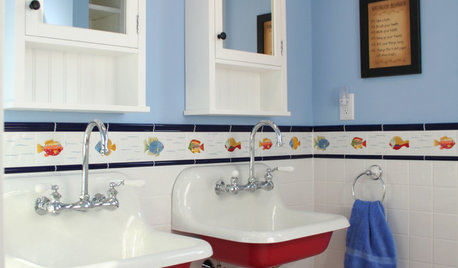
COLOR7 Unexpected Color Splashes for Bathroom Sinks
Make over your sink with paint for a new look that’s playful, sophisticated or wonderfully soothing
Full StoryMore Discussions






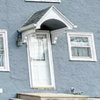



denali2007